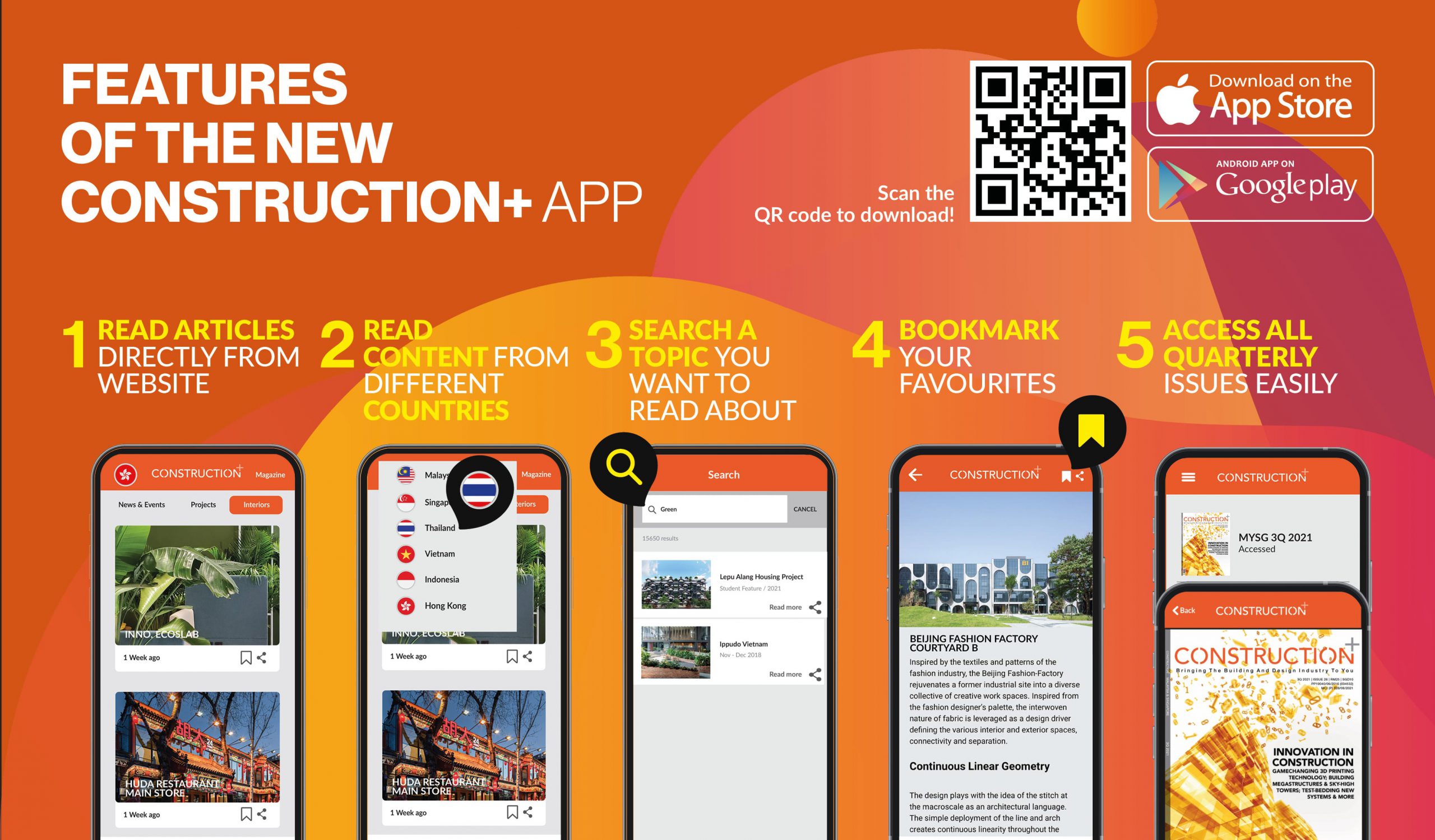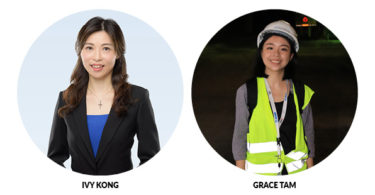Stefan Krummeck, Director of the architecture and urban design firm Farrells, holds over 30 years of experience designing award-winning buildings, master plans and infrastructure-related projects that have shaped towns and cities throughout the world. His portfolio of built work covers Europe, Australia, Africa and, in particular, the Asia-Pacific region. As a long-time proponent of transit-oriented development, Stefan believes in the complementary relationship between walkability and public transport, and that vibrant, people-friendly streetscapes play an integral role in urban sustainability. He led the Development Plan Consultancy Team of the West Kowloon Cultural District that included the development of more than 10 significant world-class cultural landmarks of Hong Kong.
Stefan is a Founding Member and Fellow of the Hong Kong Institute of Urban Design and an active member of the Hong Kong Institute of Architects. He also served as a Country Representative for the Council on Tall Buildings and Urban Habitat.
What do you think about the transport environment in Hong Kong?
Ever since I arrived in Asia 30 years ago, I have been fascinated by Hong Kong’s dense urban fabric—its vibrancy, diversity and energy. Dominated by a vast number of skyscrapers, the city is phenomenally compact. In Hong Kong, only 25 per cent of land is built-up, while the remainder consists of country parks, mountains and rural areas. Hence for most residents, the countryside is only a few minutes’ walk away from their homes. The city is predominantly confined to coastlines, resulting in a linear city arrangement, which is easily served by public transport. Every neighbourhood of Hong Kong is mixed-use, providing integrated elements of living, working, leisure and shopping within—embracing the idea of a 15-minute walkable city. Extremely efficient metro systems provide linkages between these neighbourhoods—thanks to the dense population, the trains run very frequently with a phenomenally high reliability of 99.9 per cent! About 90 per cent of people use public transport to get around the city, while only 10 per cent commute by car, compared to over 90 per cent in the US.
The symbioses of super dense urbanity and imminently accessible countryside, combined with one of the most efficient public transport systems in the world, make Hong Kong a very interesting model for sustainable city making. In fact, Hong Kong is the city with the lowest carbon transport footprint in the world!
What are the key principles in designing TOD projects?
In order to deal with the phenomenal density, Hong Kong pioneered the idea of creating hubs over and around the public transport interchanges and the railway stations—the name ‘transit-oriented development (TOD)’ was created.
Two different ways to carry out property integration were established: first, developing over the top of the stations and fully integrating the developments with the stations, which is a very complex model; and second, building townships around the metro stations with integration via elevated networks, which is typically more common for suburban areas with lower densities.
This is an excerpt. The original article is published in Construction+ Q3 2022 Issue: Urban Development.
Get the print magazine or subscribe to the digital edition to read the complete article.

 Malaysia
Malaysia Singapore
Singapore Indonesia
Indonesia Tiếng Việt
Tiếng Việt ประเทศไทย
ประเทศไทย











